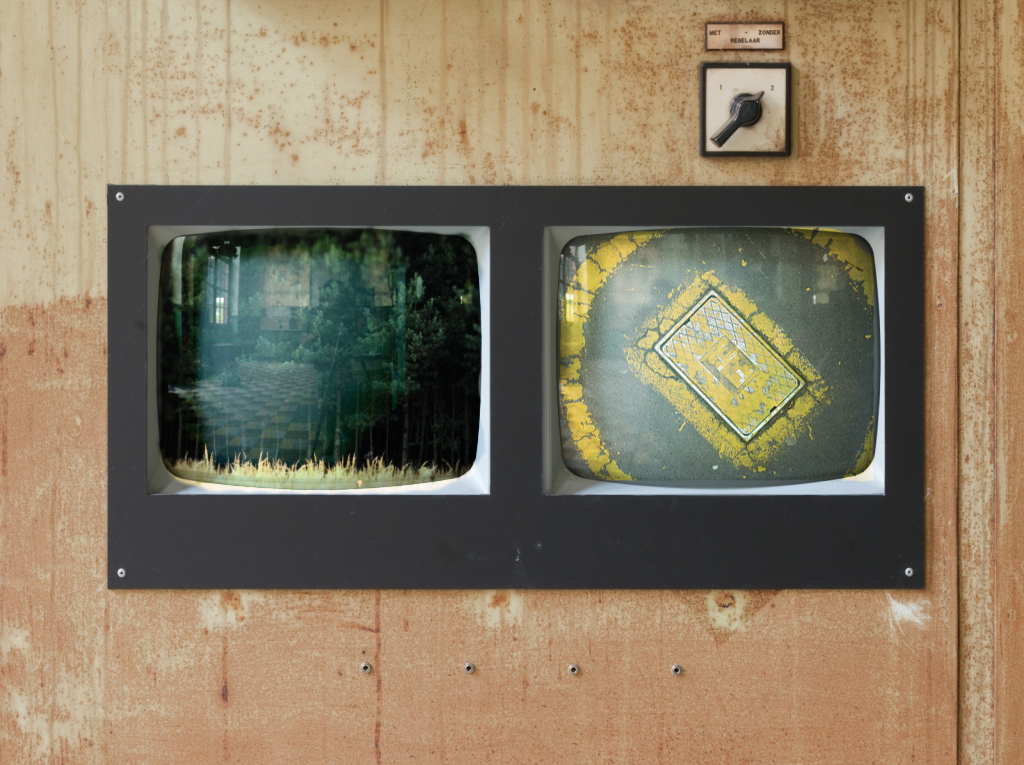
The concept of virtual worlds predates computers. In fact, it can be traced to the Roman naturalist Gaius Plinuis, more commonly known as Pliny the Elder, who expressed one of the earliest recorded interests in perceptual illusion. In the twentieth century, the cinematographer Morton Heilig explored the creation of the Sensorama, a theatre experience designed to stimulate the senses of the audience—vision, sound, balance, smell, even touch (via wind)--and so draw them more effectively into the productions
Among the earliest virtual worlds implemented by computers were virtual reality simulators, such as the work of Ivan Sutherland. Such devices are characterized by bulky headsets and other types of sensory input simulation. Contemporary virtual worlds, in particular the multi-user online environments, emerged mostly independently of this research, fueled instead by the gaming industry but drawing on similar inspiration. While classic sensory-imitating virtual reality relies on tricking the perceptual system into experiencing an immersive environment, virtual worlds typically rely on mentally and emotionally engaging content which gives rise to an immersive experience.
Maze War (also known as The Maze Game, Maze Wars or simply Maze) was the first networked, 3D multi-user first person shooter game. Maze introduced the concept of online players in 1973-1974 as "eyeball 'avatars' chasing each other around in a maze.” It was played on ARPANET, or Advanced Research Projects Agency Network, a precursor to the Internet funded by the United States Department of Defense for use in university and research laboratories. The initial game could only be played on an Imlac, as it was specifically designed for this type of computer.
The first virtual worlds presented on the Internet were communities and chat rooms, some of which evolved into MUDs and MUSHes. The first MUD, known as MUD1, was released in 1978. The acronym originally stood for Multi-User Dungeon, but later also came to mean Multi-User Dimension and Multi-User Domain. A MUD is a virtual world with many players interacting in real time. The early versions were text-based, offering only limited graphical representation and often using a Command Line Interface. Users interact in role-playing or competitive games by typing commands and can read or view descriptions of the world and other players. Such early worlds began the MUD heritage that eventually led to massively multiplayer online role-playing games, more commonly known as MMORPGs, a genre of role-playing games in which a large number of players interact within a virtual world.
Some prototype virtual worlds were WorldsAway, a two-dimensional chat environment where users designed their own avatars; Dreamscape, an interactive community featuring a virtual world by CompuServe; Cityspace, an educational networking and 3D computer graphics project for children; and The Palace, a 2-dimensional community driven virtual world. However, credit for the first online virtual world usually goes to Habitat, developed in 1987 by LucasFilm Games for the Commodore 64 computer, and running on the Quantum Link service (the precursor to America Online).
In 1996, the city of Helsinki, Finland with Helsinki Telephone Company (since Elisa Group) launched what was called the first online virtual 3D depiction intended to map an entire city. The Virtual Helsinki project was eventually renamed Helsinki Arena 2000 project and parts of the city in modern and historical context were rendered in 3D.
